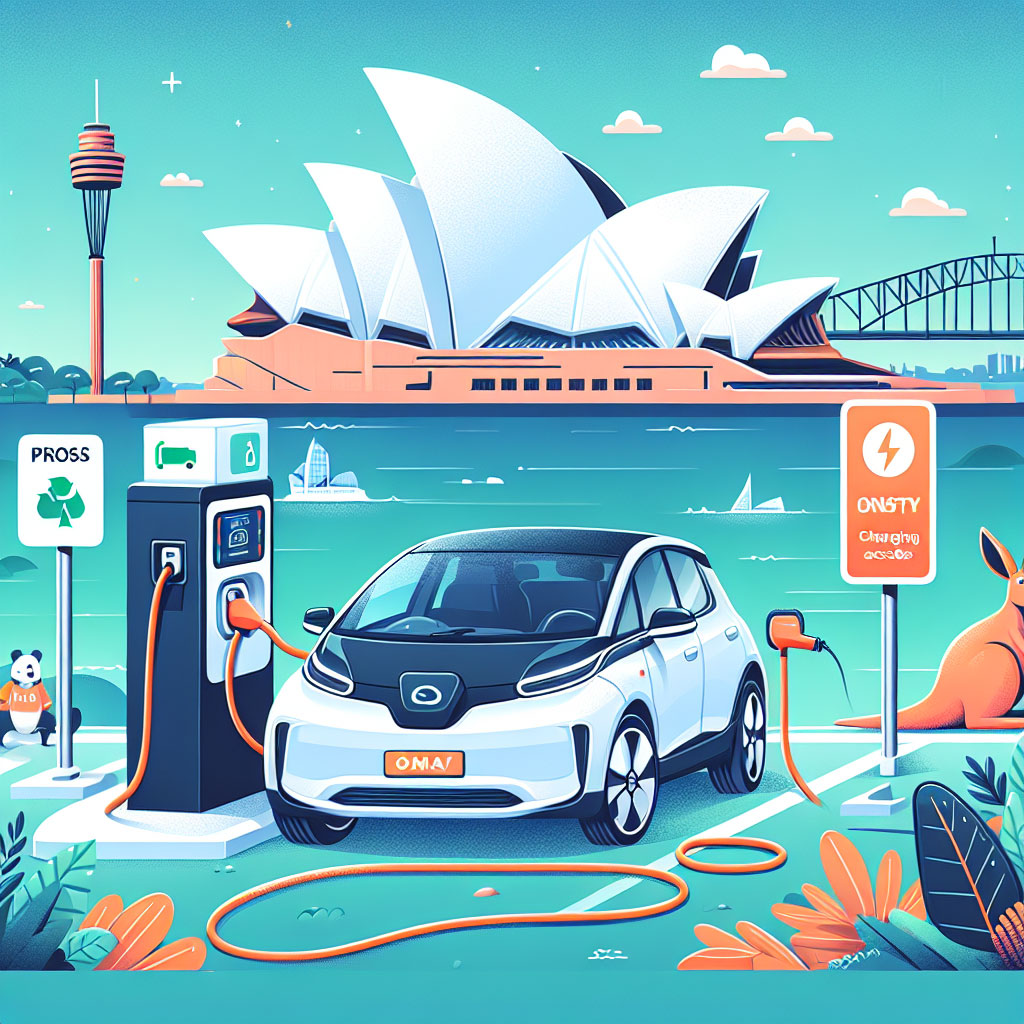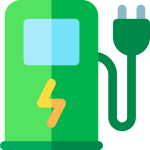
Australia’s electric vehicle (EV) calendar is shaping up to deliver a busy late-2025 and 2026, as global and local automakers push into a market energized by improving charging infrastructure, growing model variety and ongoing government incentives. This blog post distills what’s publicly anticipated, what to watch for, and how these launches could reshape ownership for Australian drivers.
2025 Arrivals
BYD Atto 2
This compact all-electric SUV is expected to arrive in Australia in late 2025, filling a slot in BYD’s local lineup between the Dolphin and the Atto 3. For Australian buyers, expect a practical city-smart option with a modest footprint and generous interior space for its size. While pricing remains to be confirmed, the model is positioned to compete in the growing under-$50k segment before on-road costs, with potential government benefits applying as applicable. Availability will hinge on supply and dealer allocations, but a late-2025 arrival would align with BYD’s broader regional rollout.
KGM Torres EVX
KGM (a marque drawing interest from several Asian markets) is targeting an October or November 2025 launch for its Torres EVX electric SUV in Australia. Early indications point to a mid-to-full-size SUV footprint, designed to appeal to families seeking room and practicality with a competitive range. As with many new entrants, buyers should expect regional variations in trim levels and features as local spec and homologation finalize.
Kia Tasman
Kia’s Tasman, which encompasses EV variants in a dual-cab ute configuration, is slated to begin staggered releases from July 2025. For Australia’s demanding ute market, the Tasman promises a combination of work-ready capability and EV efficiency, potentially broadening the appeal of electrified commercial solutions. Expect phased rollouts by model year and market depending on supply chains and regulatory clearances.
2026 Arrivals
BMW iX3
The next-generation BMW iX3 is anticipated to land in Australia from mid-2026, bringing a markedly refreshed design language and enhanced range. Industry watchers expect modern connectivity, improved efficiency and updated driving dynamics, reinforcing BMW’s commitment to an electric line-up that spans compact to mid-size luxury SUVs. Australian specifics-such as exact WLTP range, charging performance, and standard features-will be confirmed closer to arrival.
Honda’s First EV
Honda’s entry into Australia’s fully electric market is expected in the second half of 2026, with strong market indicators pointing toward the e:Ny1 electric SUV as the leading candidate for a mainstream family-friendly model. If confirmed, the e:Ny1 would join Honda’s global electrification push, offering Honda’s reliability and practical packaging in a compact-to-mid SUV footprint. Key considerations for Australian buyers will include real-world efficiency, charging options, and after-sales support across networks.
Mitsubishi’s First EV
Mitsubishi Motors is anticipated to launch its first mainstream EV for Australia in the second half of 2026. The vehicle is described as a small, lifted hatchback, designed to blend urban practicality with a higher driving position and potential all-weather capability. Expect regional differentiation in trims, with Mitsubishi’s renowned focus on reliability and local service networks.
Suzuki eVitara
The Suzuki eVitara, developed in partnership with Toyota, has been confirmed for an Australian release in 2026. This small to mid-size SUV aims to offer accessible electric mobility with a familiar compact footprint and Suzuki’s reputation for value. The eVitara could appeal to first-time EV buyers and small families seeking a cost-conscious entry into electrification.
Kia EV4
Kia’s EV4 targets a first-quarter 2026 arrival in Australia, expanding the brand’s electrified family crossovers with a model intended to blend practicality, range and affordability. Local buyers will be watching for standard safety tech, interior comfort, and charging efficiency that aligns with Kia’s broader EV strategy.
Zeekr 8X PHEV
Zeekr’s 8X is expected in early 2026 in a plug-in hybrid configuration, with the possibility of a full electric version later. The 8X family has drawn interest for its boxier design and roomy interior, potentially appealing to buyers who want a larger EV-capable footprint without sacrificing cabin space. The PHEV option, if offered here, would feature a balance of petrol-tunctured range and electric driving, subject to local market decisions.
BYD Sealion 8
A seven-seat plug-in hybrid SUV from the Denza sub-brand (part of BYD’s extended family) is anticipated for an early-2026 arrival. This model would aim to deliver family-friendly space with the efficiency benefits of a plug-in hybrid, suitable for those seeking multi-occupant capability and longer daily ranges.
Avatr 11/Avatr 06
Avatr, a newer Chinese EV brand, is aiming for an Australian launch from 2026 with models like the Avatr 11 electric SUV or the Avatr 06 sedan. Expect a focus on performance-oriented electric powertrains paired with premium interior appointments, targeting customers seeking a higher-end, technology-forward experience in the EV segment.
Other Notables to Watch
- Upcoming entries from established brands with electrified lineups in development could influence the Australian market, including additional variants of established models and potential regional spec adjustments to meet local standards and charging norms.
- The Australian market’s ongoing emphasis on charging infrastructure, home charging incentives, and workplace charging programs will play a critical role in how these models land and perform in real-world use.
- Watch for updates on warranty coverage, service network expansion, and after-sales support that will be essential to sustaining consumer confidence as new arrivals hit showrooms.
What this means for Australian buyers
- Availability and timing can shift due to global supply chains, regulatory approvals, and local homologation processes. Always check with authorized dealers for the latest dates and specifications.
- Expect a mix of trims and price points, from entry-level urban compact EVs to larger family SUVs and versatile utes. The degree of standard safety tech, driver-assist features, and onboard connectivity will vary by model and region.
- Government incentives, including any regional subsidies, rebates, or charging infrastructure support, will influence total ownership costs and the attractiveness of each model.
- Charging networks and home charging scalability will be key to maximizing the practicality of these models, especially for families and rural users who rely on public charging while traveling.
Conclusion
Australia’s EV market is entering a transformative phase, with a broad spectrum of new models poised to land across 2025 and 2026. From compact urban EVs to family-friendly SUVs and purpose-built utes, the upcoming arrivals promise competitive pricing, improved range, and modern tech to entice a wider range of Australian buyers. Prospective buyers should monitor official announcements, dealer allocations, and local incentives to make informed decisions that align with their driving needs, daily routines, and charging capabilities. As the market evolves, the balance between cost, range, and practicality will increasingly determine which models gain traction on Australian roads.
FAQs
When will the BYD Atto 2 arrive in Australia?
BYD has indicated a late-2025 timeline for the Atto 2’s Australian debut, aimed at filling a gap in the current lineup. Availability will depend on regional allocations, supply chains and regulatory approvals. Always check with local dealers for the latest confirmation and trim options.
What can we expect from the KGM Torres EVX in 2025?
The Torres EVX is slated for an Australia launch in October or November 2025. Early communications point to a mid-to-full-size SUV with a focus on practical space and a competitive driving range, subject to final homologation and market-specific specifications.
Is the Kia Tasman coming to Australia in 2025?
Yes, Kia plans a staggered launch for the Tasman (including EV variants) beginning in July 2025. The timeline may involve phased releases by trim level and market, driven by supply and regulatory clearance.
What should Aussies expect from the BMW iX3 in 2026?
The new BMW iX3 is expected to arrive in mid-2026, featuring a bold new design and enhanced range. Australian details-like WLTP range, charging performance and standard equipment-will be finalized closer to launch.
Is Honda’s e:Ny1 coming to Australia?
Honda’s first fully electric model for Australia is anticipated in the second half of 2026, with strong indications that the e:Ny1 electric SUV will be the lead option. Market specifics, including range and trim levels, will be clarified nearer to release.
What about Mitsubishi’s first EV for Australia?
Mitsubishi is expected to debut its first mainstream EV for the Australian market in the latter half of 2026, described as a small, lifted hatchback. Local specifications and availability will be confirmed as plans mature.
Will Suzuki release an eVitara in Australia?
Yes. Suzuki has confirmed the eVitara for an Australian release in 2026, developed in collaboration with Toyota. Expect a compact SUV with practical EV efficiency and Suzuki’s emphasis on value.
What is the Zeekr 8X PHEV?
The Zeekr 8X is expected in early 2026 as a plug-in hybrid, with potential for a full EV variant in the future. The model aims to offer a large, boxy SUV package with flexible powertrain choices, subject to local market decisions.
Are there other notable EVs to watch for?
Other entries from BYD’s Denza sub-brand (such as the Sealion 8) and new brands like Avatr are on the radar for 2026, with Australian launches contingent on regional strategy, regulatory approvals and dealer networks.
About EV Evolution
EV Evolution is the leading online platform dedicated to Australian electric vehicle owners and enthusiasts. We foster a vibrant community, delivering essential EV news and insights, and enhancing user engagement through our innovative, AI-powered chatbot for dynamic discussions. Our mission is to empower Australian electric vehicle owners and enthusiasts by fostering a vibrant, AI-driven online community that connects, informs, and advances the nation’s electric vehicle landscape.




